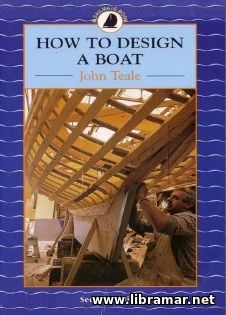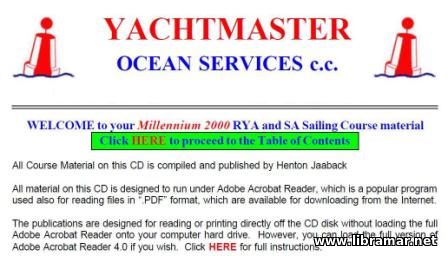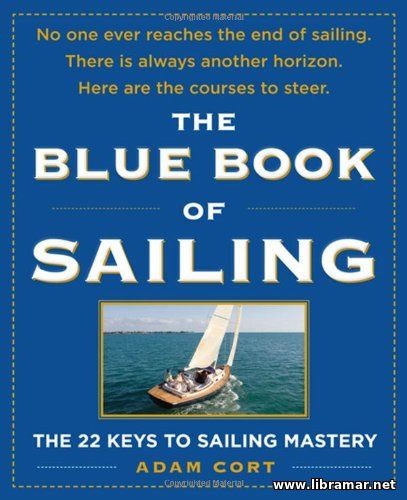Introduction to Lifeboat Arrangements
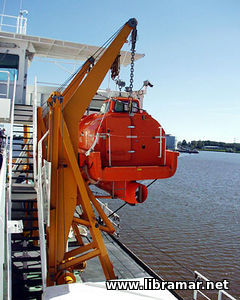
It is rare for ships to find themselves in serious trouble and even rarer for the crew to abandon ship. In fact, the first principle of safety at sea remains as true today as ever - the ship is your best lifeboat and should not be abandoned until there is no alternative.
We need to be familiar with different types of lifeboats and how to use them. Detailed information about the lifesaving equipment and appliances carried on board the ship can be found in the SOLAS training manual which, in turn, would normally be found on the navigation bridge, in the engine control room, and in accommodation areas such as mess room and recreation room. The information in the manual is provided in the working language of the vessel and is vessel-specific.
Take time to familiarize yourself thoroughly with the ship's survival systems. If you wait until there is an emergency, it could be too late. The ship's muster list states which lifeboat you shall use. It also identifies the signal that initiates the abandon ship procedure and specifies individual's duties and responsibilities in an emergency - these should be familiar from regular drills. Once the crew is mustered and headcount has been taken, the bridge must be informed. Never board the lifeboat until the person in charge gives the order.
When boarded, designated members of the lifeboat crew will bring the vital safety equipment collected during the mustering procedure, such as the satellite EPIRB, the radar transponder, or extra water supplies - in fact anything that would make survival and rescue a little bit easier. If this is your role, make sure you know where to find these items. Lifeboats should only be launched when the order is given by the Master. If you work on a ferry or cruise ship, you may have to help passengers board the lifeboats. Many of them may feel nervous, coping with the emergency situation in an unfamiliar environment. If you are confident with the lifeboat launching procedure, you will help to calm their nerves and ensure a swift and safe evacuation of the ship. Let us look first at the davit launched lifeboats.
On many ships lifeboats are now fully enclosed so the person in charge can steer the boat and operate the safety systems from a protected control position. Some enclosed lifeboats have to be lowered to the embarkation deck but boarded in the stowed position and then launched. They can be launched from the deck using a brake release lever or from inside the lifeboat. Although not always mandatory, it is good practice to use fall prevention devices - FPDs - when any lifeboat is lowered or lifted with persons in the lifeboat unless the lifeboat has either an on-load hook system approved for use without such device.
The officer in charge should ensure that these are properly fitted before starting any drill or testing, inspection or maintenance procedures. The launch procedure begins by checking that the harbor pins, lifeboat gripes and brake locking pin have been removed and that the water below is free from obstacles, debris and people. Boarding is carried out under the supervision of the lifeboat crew who must direct people to their seats starting with positions furthest from the doors and spread out evenly to distribute the weight.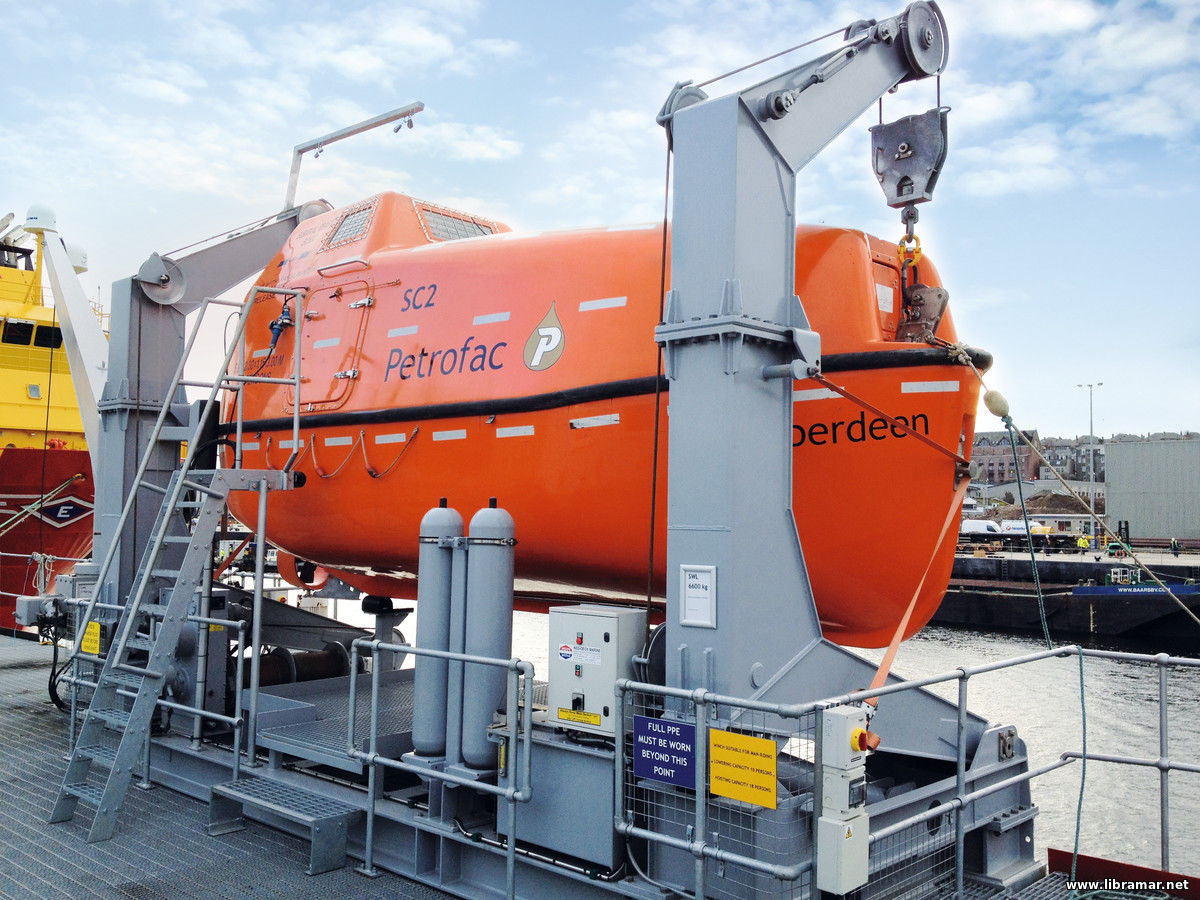
Evacuees should make sure they are in the seat they have been allocated and firmly strapped in using the correct fastening if fitted. They should all be wearing lifejackets. The lifeboat has bottom plugs that must be set and the painter should be passed out from the forward hatch and secured. Once this is done and everyone is on board, the doors and hatches are secured. At this point, the person in charge starts the engine. Full instruction for operating the engine of the lifeboat and its routine maintenance can be found in the ship's SOLAS training manual. Some davit launched enclosed lifeboats are lowered from onboard the ship using the brake release. the person who lowers the boat then climbs down the embarkation ladder to board the lifeboat.
Alternatively, some lifeboats are lowered from inside the boat. The person in charge pulls the lowering cable to release the brake and start to descend. It shall be pulled down until it cannot pulled any further. An automatic brake on the winch controls the speed of descent. The process can be stopped entirely at any time by releasing the tension on the cable. The release mechanisms on these lifeboats can operate both on-load when the hooks are supporting the boat's weight, or off-load when the boat is in the water. It is crucial that the lifeboat is not released too early and all on-load released systems must have built-in mechanical safeguards to prevent that happening in error. On-load systems have the two falls connected to the lifeboat's pivoting hooks, the mechanism is arranged so that both falls are simultaneously.
A further safeguard against early release is the hydrostatic interlock in the keel of the lifeboat. This prevents release until the keel under the water. Although, there is an option to override this mechanism - this procedure must be initiated only by the person in charge. Make sure that you are familiar with the release mechanism fitted to the survival craft on your ship; knowing how it works could be the difference between escape or not. Once disconnected from the falls, the lifeboat is now under its own power. At this point, the painter is let go with the release lever at the bow. and the boat can head far away from the ship to avoid any hazard.
Once clear off the ship, the EPIRB distress beacon is activated and secured. The SART rescue transponder shall also be mounted and switched on. The person in charge will use radio to gather all of the survival crafts together. Lifeboats must be maintained as per manufacturer's instructions and it is recommended that only original manufacturer's material is used for replacing any part or piece. The stores must also be checked and replaced in line with Flag State requirements.
The "Read Later" function allows you to add material to this block with just one click. Just click on the icon and read the articles that interest you at any convenient time.
